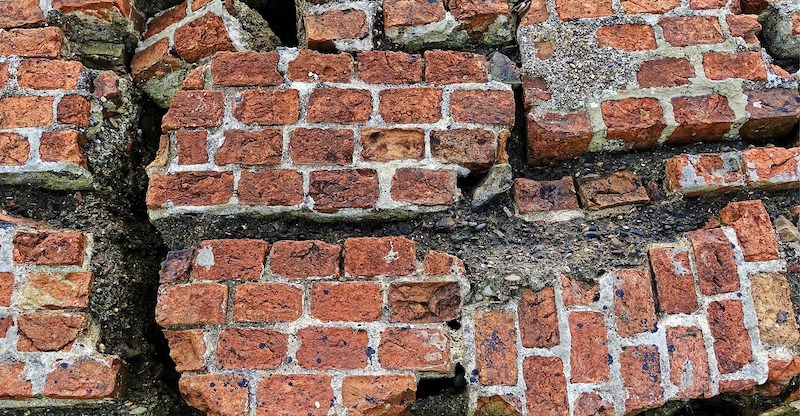Prescient, a digital design-build company focused on modular multi-unit housing, has received certification from the International Code Council Evaluation Service (ICC-ES) for its Prescient Seismic System.
“With this certification, Prescient is now able to provide its unique, economical and environmentally friendly solution to developers building in U.S. seismic zones,” according to a Prescient news release. The technology is suitable for buildings up to 12 stories in earthquake-prone areas around the world.
More than 950 physical tests and over 80,000 analytical simulations of response to earthquake ground shaking were performed. “The work demonstrated that the PSS is able to meet the high performance standards for protecting life demanded by the most modern building codes,” the release says.
“With more than 30,000 engineering hours invested, this new Prescient Seismic System expands upon the fundamentals of our standard Unified Truss Configuration System (UTCS) to yield a more economical and faster building solution that can withstand high seismic forces,” said Magued Eldaief, CEO, Prescient. “The ability to now design buildings up to 160 feet high, or 12 stories above 4 stories of podium in seismic locations, is an incredible opportunity for us and one that will no doubt open doors to many future projects.”
Related Stories
| Jan 30, 2012
ZigBee and ISO 50001: Two new standards to make buildings greener
These developments demonstrate the dynamic nature of the market and the continued need for development of program standards of many different types that help builders and owners translate high performance and sustainable buildings goals into practical measures on the ground.
| Jan 30, 2012
New firm-fixed-price rules on federal contracts impact construction industry
Contractors will need to be on the lookout for policies such as the Contractor Accountability for Quality clause.
| Jan 30, 2012
Roofer’s fatal plunge demonstrates need for fall-prevention regulations
“The biggest problem is getting our workers to use the equipment,” says Michael J. Florio, executive director of the organization.
| Jan 26, 2012
Tampa moves to streamlined online permitting system
The system will replace an inefficient patchwork of old software and is designed to provide businesses, homeowners, and contractors with online access to permitting and licensing information.
| Jan 26, 2012
EPA to collect more data, seek comments before finalizing mud rule
The EPA says it will seek more data and is accepting comments until March 5.
| Jan 26, 2012
Industry challenges Connecticut's suit over defective construction work
The dispute arose over multimillion-dollar leaks at the University of Connecticut's law library.
| Jan 26, 2012
Earthquake 'fuse' could save buildings during temblors
The idea is to use an earthquake "fuse" that can prevent the tiny fractures and warps that make structures unsafe after a quake and very expensive to repair.
| Jan 26, 2012
HPD open materials standard for green building materials gains momentum
GreenWizard, provider of a cloud-based product management and project collaboration software, is the latest industry participant to sign on
| Jan 26, 2012
Siemens launches smoke detection knowledge center
New knowledge center web site demonstrates efficacy of smoke detection.
| Jan 18, 2012
Chile's seismic code upgrades credited with saving lives in 2010 quake
Since 1960, when Chile suffered a 9.5 magnitude quake, the largest ever recorded; the country has steadily improved building codes to protect lives and property.

















